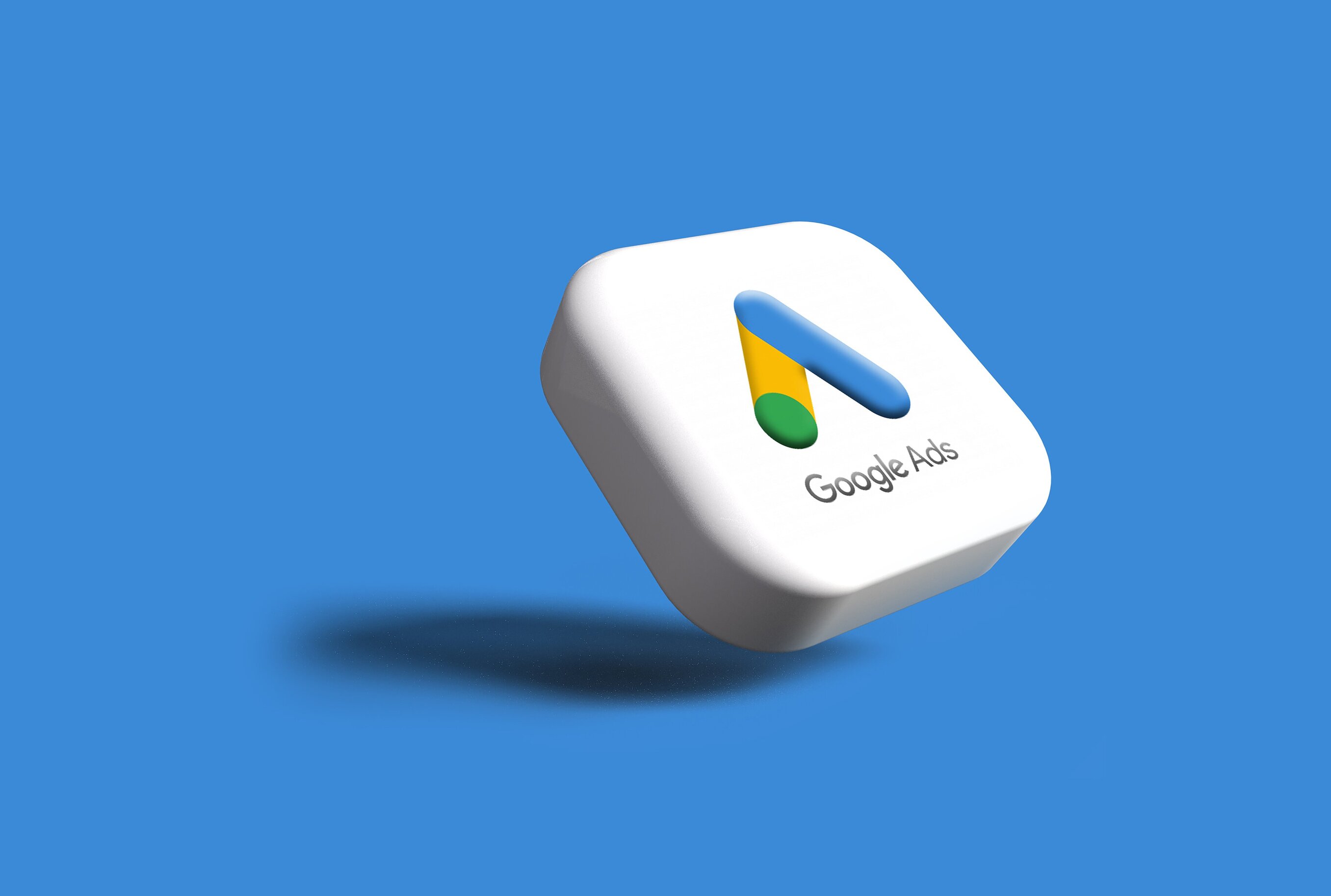Google Ads, today, has become a vital tool in the online advertising world for businesses looking to increase their online presence, generate quality leads to the landing page, etc. With the changes in marketing trends, it is essential to optimize Google Ads to ensure that none of the target audience is left untouched. Creating a Google Ad campaign is just the first step, as it is essential to optimize the ad regularly. Continuous optimization is essential for fully utilizing the capabilities of the most popular search engine - Google, to ensure that your ad budget does not get wasted on irrelevant clicks. In this blog, we will look at some effective PPC strategies for optimizing your Google Ads account that maximize advertising ROI, increase conversion rate, boost online sales and much more.
What is Google Ads optimization?
Optimizing a Google Ads account is an ongoing process that combines data analysis, strategic bid adjustments and continuous improvement to ensure that your advertising campaigns are as effective and efficient as possible, ultimately driving better results for your business. The optimization process seeks to maximize the return on your ad expenditure, increase click-through rates (CTR), enhance conversions, and, ultimately, accomplish your campaign objectives. It is a continual activity that includes data analysis, trying various techniques, and making informed decisions to improve the efficiency and effectiveness of your advertising activities. As in search engine optimization you focus on conducting SEO audit andpreparing SEO reports and then implement changes for local SEO campaign, video SEO campaign, enterprise SEO, SEO copywriting, e-commerce SEO, etc. In the same way, you can conduct a PPC audit and prepare a PPC report to analyze the changes that need to be done with your Google Ads.
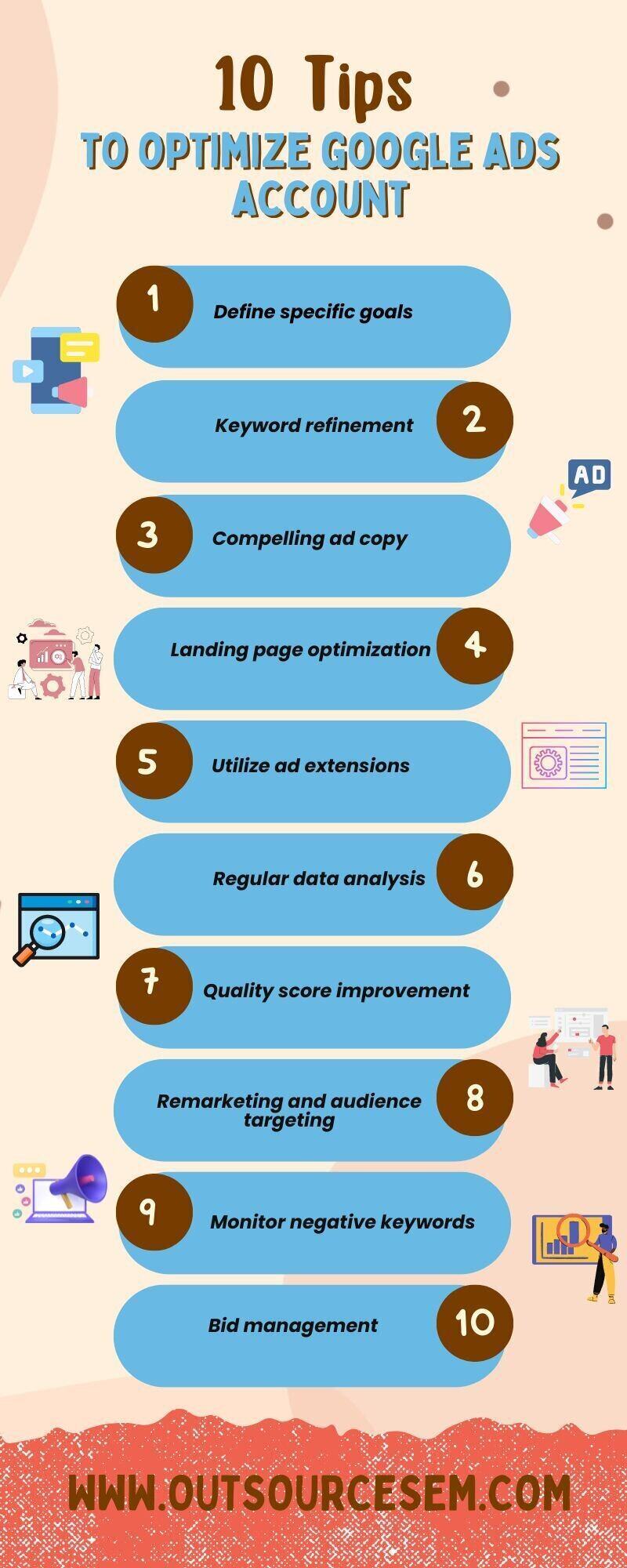
1. Define specific goals: Clearly defining your campaign objectives is the equivalent of laying the groundwork for the entire Google Ads strategy. For example, if you want to improve sales, you may set precise goals such as a percentage increase in revenue or a specified number of transactions each week. These well-defined goals not only drive your optimization efforts, but they also allow you to precisely quantify progress, allowing you to spend resources efficiently to accomplish your intended outcomes. A well-defined aim is at the center of any successful endeavor, and optimizing your Google Ads account is no exception. The first and most important stage in this trip is to precisely define your marketing strategy. Consider this the foundation around which your whole Google Ads campaign will be constructed.
Aim for goals that are clearly stated and quantifiable. This means setting benchmarks that can be tracked and evaluated. Having quantifiable targets allows you to evaluate the effectiveness of your optimization efforts over time. This allows you to change and refine your strategy as needed. Consider the reachability of your objectives as well. Are they accessible given your present resources,proper budget, and market conditions? Setting objectives that are both ambitious and feasible inspires your team while also ensuring that you are working towards realistic outcomes. Your objectives should also be connected to your overall business goals. They should be smoothly integrated into your wider vision and directly contribute to the growth and success of your business. For example, if your company aspires to be an industry leader, your Google Ads objectives may include growing brand recognition among your target audience.
2. Keyword refinement: Keyword refinement involves a continuous process of evaluating the performance of your chosen keywords. By regularly analyzing data, you can identify keywords that generate a high click-through rate (CTR) and conversions. Likewise, pinpoint keywords that are less effective and consider removing or rephrasing them and you can also use Google trends for effective keyword research. Utilizing various keyword match types strategically, such as using exact match for high-converting keywords and broad match for exploration, ensures that your ads appear for relevant searches. When you optimize your ad campaign based on the keywords or search terms entered by the user, your ad visibility increases, and impression share increases, ultimately leading to increasing clicks on the ad.
.jpg)
a. Continual evaluation for precision: Keyword refining is a continual process, not a one-time event. Analyzing the data linked with your chosen keywords on a regular basis reveals significant insights about their success. Metrics like click-through rate (CTR), conversion rates, and quality score provide insight into how well your keywords drive user engagement and conversions. This constant examination serves as the foundation for making educated decisions.
b. Eliminating ineffectual elements: Underperforming keywords or negative keywords may become the anchor holding down the potential of your campaign,just as top performing high search volume keywords are the stars. Data analysis can help you identify PPC keywords that aren’t connecting with your audience and ensure that the visitors convert to customers. This is your chance to reconsider ad relevancy and make the difficult option of removing or rephrasing them. Getting rid of these inefficient parts frees up your funds for more effective initiatives.
3. Compelling ad content: Creating compelling ad content requires an in-depth understanding of your target audience’s pain points, needs, and preferences. Create ad copy that not only highlights the unique selling qualities of your products or services, but also addresses the audience’s specific requirements. Include persuasive language, obvious advantages, and strong calls to action. A/B testing multiple ad versions helps you to find which components are most appealing to your target audience, allowing you to fine-tune your messaging for maximum effectiveness.
a. Addressing needs and showcasing solutions: Your ad copy isn't just about promoting products; it's about presenting solutions. Highlight the unique selling points (USPs) of your offerings and present them as the answers to your audience's challenges. Address their pain points explicitly, making them feel understood. This personal touch establishes a connection, positioning your brand as the solution they've been seeking.
b. Persuasive language: Words have enormous power. Language may elicit emotions, arouse curiosity, and motivate action. Incorporate compelling language that elicits emotions that are congruent with your message. Use terms that imply a sense of urgency, exclusivity, or excitement. Each word should have a specific function, moving readers from initial curiosity to definitive action.
4. Landing page optimization: Landing page optimization is all about giving users who click on your ads a consistent experience. Check that your landing pages are aesthetically and contextually consistent with your ad content like ad copy, image optimization, etc. Prioritize quick page loading speed, easy website navigation, and a clear conversion path. Use eye-catching imagery, succinct yet helpful ad text, and prominent calls to action to direct visitors to the required activities, such as making a purchase, signing up, or asking more information. The better the landing page the higher are the chances of the user's time spent on the page. You need to offer them with discounts & offers so that they take the desired action.
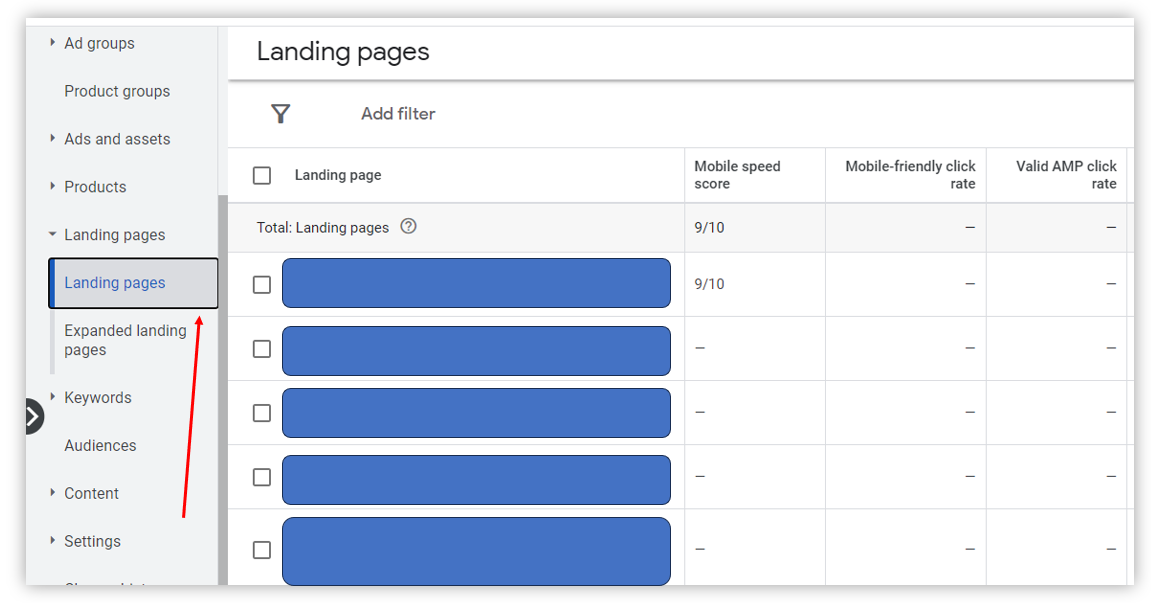
a. The path to conversion: A well-optimized landing page is more than a visual delight; it's a strategic journey that guides users toward the desired action. This journey is directed by calls to action (CTAs) that stand out and compel action. Design CTAs that are visually prominent, utilizing contrasting colors and concise yet persuasive text. Whether it’s “Shop Now”, “ Sign Up”, or “Get Started”, the CTA should be crystal clear about what users can expect when they click.
b. Mobile responsiveness: In a mobile-centric world, landing page optimization extends beyond desktop screens. Ensure that your landing pages are fully responsive, adapting to various screen sizes and devices. Mobile users should experience the same seamless journey as desktop users, with easy navigation,fast loading times, and a clear path to conversion.
5. Utilize ad extensions: Ad extensions offer valuable opportunities to provide additional information and encourage user engagement. Use site link extensions to offer users direct access to specific sections of your website, such as product categories or contact pages. Callout extensions let you highlight benefits, offers or unique features. Structured snippet extensions allow you to showcase various aspects of your products or services, further enticing users to click.
a. Callout extensions: The advantages provided by your products or services are at the heart of your campaign’s value proposition. The canvas for displaying these benefits is provided by callout extensions. Highlight exclusive discounts, one-of-a-kind features, or extraordinary customer service. The concise nature of callouts allows you to provide several benefits in a little amount of space, motivating visitors to take action.

b. Structured snippets: Structured snippet extensions can be handy when your services have several facets. These extensions allow you to provide a variety of information, such as product categories, services, or facilities. You spark user interest and appeal to a larger audience by demonstrating the range of your services. When users see relevance and depth, they are more inclined to click.
6. Regular data analysis: The foundation of optimization is regular data analysis. To go further into data like CTR, conversion rate, bounce rate, and more, use Google Ads’ built-in reporting tools and integrate Google Analytics. By identifying patterns and trends, you can make informed decisions on how to allocate your budget, adjust ad messaging, and fine-tune other campaign elements for better performance.

a. Leveraging robust reporting tools: The tools at your disposal form the cornerstone of data analysis. The built-in reporting tools in Google Ads give a plethora of variables to analyze, ranging from click-through rates (CTR) and conversion rates to ad position and quality score. Add Google Analytics connection for a more comprehensive picture of user behavior, landing page performance, and the entire customer experience.
b. Metrics-The language of insights: Metrics are more than just numbers; they are the language in which your campaign communicates with you. CTR shows how successful your ad’s attractiveness is, but conversion rate shows how well you convert clicks into meaningful activities. The bounce rate provides information about the user experience, while the quality score represents the alignment of your ad, keywords, and landing page. By decoding these KPIs, you acquire a thorough insight of the health of your campaign.You need to focus on PPC keyword research and determine whether you need to have long tail keywords and short tail keywords in your ad campaign. This helps you have a clear idea of what the users are searching for on the search engine. You can then prepare a negative keyword list that helps trigger your ads to irrelevant search queries.

7. Improving your quality score: Improving your quality score involves focusing on ad relevance, click-through rates, and landing page experience. You may improve your quality score by writing highly relevant ad text, using targeted keywords, and sending consumers to landing sites that meet their expectations. A higher quality score helps to improve ad placements and minimize expenses.
a. Ad relevance: At the heart of Quality Score improvement lies the notion of ad relevance. Your ad copy must align seamlessly with the keywords triggering it. Crafting ad copy that mirrors user intent and speaks directly to their needs is the cornerstone. When your ad is relevant to the user's search, it captures their attention and increases the likelihood of a click-through.
b. Landing page experience: Your ad can sparkle with relevance, but if your landing page doesn't fulfill the promise, it's a missed opportunity. Landing page experience is the bridge between intent and action. Direct users to landing pages that align with their expectations, deliver what your ad promised, and provide a seamless, user-friendly experience. A well-optimized landing page enhances engagement, conversions, and your Quality Score.
8. Remarketing and audience targeting: Remarketing enables you to re-engage people who previously showed interests in your website but did not convert. You can encourage these people to return and finish the required activity by displaying personalized ads to them across the web. Furthermore, using audience targeting choices allows you to reach out to potential consumers based on demographics, interests, and behaviors, enhancing the relevance and effectiveness of your ads.
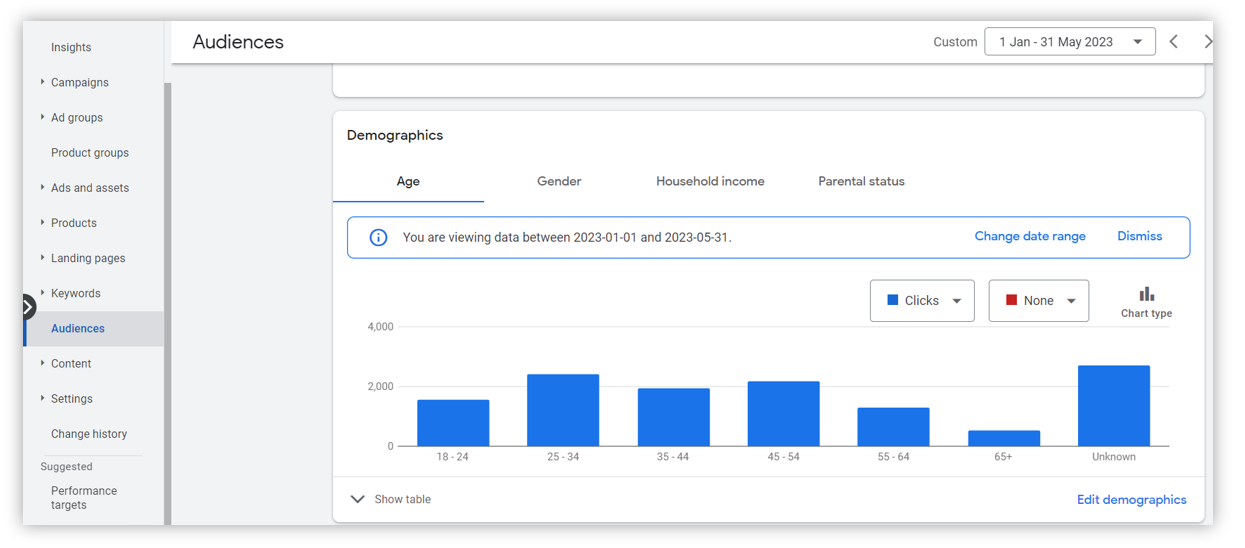
a. Remarketing-The second chance at conversion: Remarketing is similar to sending a warm welcome to users who have previously examined your offers but have not completed the final step. These users are aware of your brand, have indicated interest, and are ready to convert. You can rekindle the flame and nurture a second opportunity at engagement by presenting personalized adverts to them as they traverse the web. Remarketing maintains your brand in their minds, boosting the chances that they will return to perform the required activity.
b. Personalized messaging: Running remarketing’s ad success resides in its ability to offer personalized messaging. Customize your advertising to reflect the precise pages or goods that consumers are interested in on your website. This amount of customisation shows that you are aware of their tastes and wants. Whether it's a friendly reminder of products left in their basket or a unique offer based on their previous interactions, personalized messaging boosts engagement and drives conversions.
9. Monitoring negative keywords: Vigilant monitoring of negative keywords is essential to prevent your ads from showing for irrelevant searches. Regularly review the search terms triggering your ads and identify any keywords that aren't aligned with your offerings. Adding these as negative keywords helps optimize your campaign budget by ensuring your ads are displayed only to those who are likely to convert, reducing wasteful clicks and costs.
a. Boosting cost-efficiency: Every click that doesn’t convert is a dent in your budget. Monitoring negative keywords is akin to plugging those budgetary leaks. It ensures that your ads aren't triggered by searches that won't lead to conversions. This focused allocation of resources maximizes your budget's efficiency, allowing you to direct it towards the searches that matter most.
b. Optimizing campaign performance: As you fine-tune your negative keyword list, you're not just preventing wasted clicks; you're refining your campaign's performance. By showing your ads only to users with genuine intent, you improve engagement metrics like click-through rate (CTR) and conversion rate. Your campaign's overall effectiveness receives a boost, leading to better ROI and a healthier bottom line.
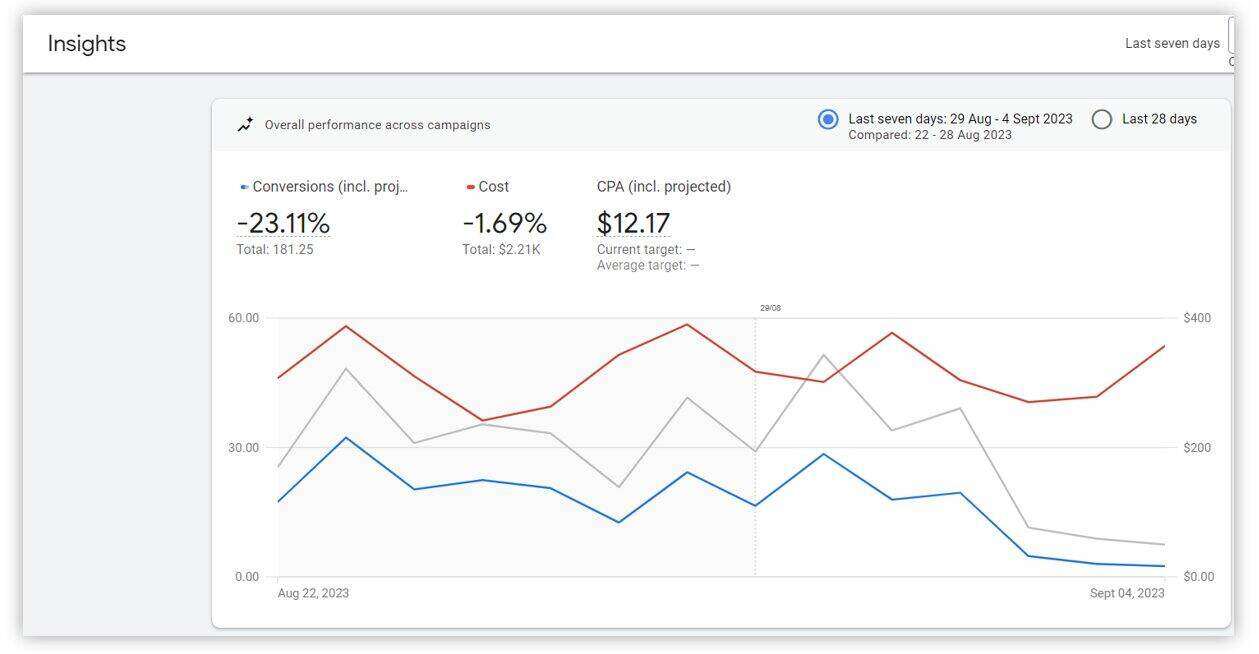
10. Bid management: Managing your bids effectively ensures that you're getting the most value from your advertising budget. Regularly assess your bidding strategy and adjust it based on campaign performance. Automated bidding strategies like target CPA or ROAS can be powerful tools, but constant monitoring is vital to avoid overspending or underperforming campaigns.
a. The dynamic nature of bidding: Bid management is not a static exercise; it's a dynamic process that demands continuous attention. Regularly assessing your bidding strategy is like calibrating a finely tuned instrument – it ensures that your campaigns are operating at their peak potential. The digital landscape evolves, user behavior shifts, and market conditions change. In this ever-changing world, your bidding strategy must remain agile and responsive.
b. Strategies for success: Bid management offers you a choice: manual control or automated precision. Manual bidding allows for granular control, giving you the freedom to adjust bids at your discretion. On the other hand, automated bidding strategies like target CPA (Cost Per Acquisition) or ROAS (Return On Ad Spend) leverage machine learning to optimize bids for optimal outcomes. Each strategy has its merits, and the choice depends on your campaign’s goals, resources, and the level of control you desire.
Conclusion
Optimizing Google Ads is akin to conducting a symphony where every element plays a vital role. From clear goal definition to seamless landing page experiences, from refined keywords to compelling ad copy, each aspect harmonizes to create a masterpiece. Ad extensions and negative keyword monitoring add depth, while bid management conducts the resources with precision.This symphony’s melody drives engagement, conversions, and growth.To improve the performance of your SEO campaigns, as you focus on outsourcing SEO services that help you with local SEO, video SEO, SEO plan & strategy, SEO backlinks, backlink analysis, SEO reports, etc. It’s a dynamic composition that demands constant refinement, shaping excellence through strategic decisions. Optimization isn’t just a task; it’s an art that blends creativity, data, and dedication to orchestrate a resonant success story in the realm of digital marketing. By hiring our digital marketing experts you can avail various other services for your businesses like construction PPC, lawyer PPC, plumbing PPC, painting PPC, electrician PPC and much more. Through these services online visibility of your business can be enhanced at a fast pace.
References:
• https://searchengineland.com/advanced-strategies-optimizing-google-ads-428386
• https://www.wordstream.com/adwords-optimization
